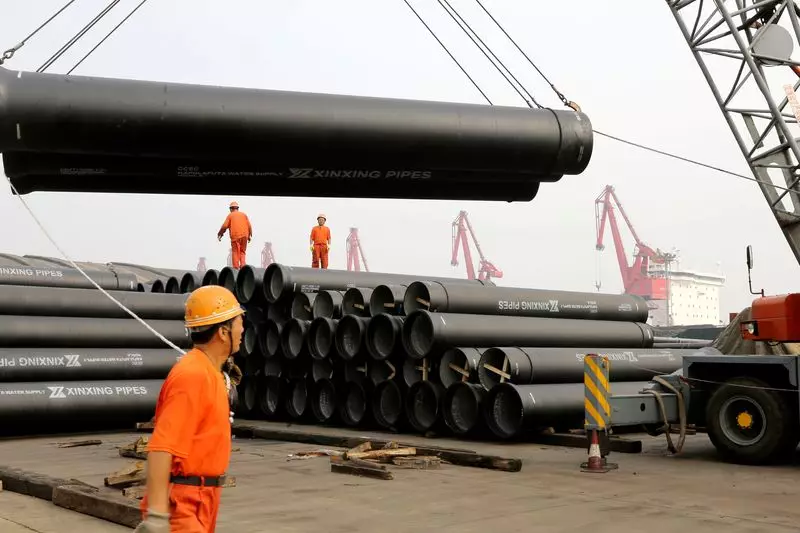In October, China’s manufacturing sector exhibited a notable rebound, driven by a steady rise in new orders that culminated in increased production output. The Caixin/S&P Global manufacturing Purchasing Managers’ Index (PMI) escalated to 50.3 from 49.3 in the previous month, exceeding analysts’ expectations of 49.7 according to a Reuters poll. This uptick signifies a crucial turning point for an industry that has encountered stagnation for several months. Notably, this positive development aligns with an official manufacturing survey released just a day prior, further corroborating the narrative of a gradual recovery in manufacturing activities.
The growth has been attributed largely to a series of stimulus measures enacted by the Chinese government in late September, aimed at steering the economy toward its growth target of roughly 5% for the year. Such government interventions are critical, especially in light of the ongoing struggles within the property market and the declining consumer sentiment that hangs over economic activities like a shadow. Analysts are closely monitoring government plans regarding significant debt issuance, proposed to exceed 10 trillion yuan (approximately $1.4 trillion), to stimulate the economy further in the coming years.
According to the Caixin survey, new orders surged at the fastest rate in the last four months, directly influencing a marked increase in production operations. Manufacturers demonstrated a renewed sense of optimism regarding future output levels, with confidence indicators reaching their highest point in five months, indicating a potential turning point for both production and overall economic health. This increasing confidence among manufacturers was also reflected in their purchasing activities, which surged in response to the higher volume of new work, leading to a rise in stored purchases.
However, despite these bright spots in production and ordering, there remains a troubling trend in employment levels within the manufacturing sector. The rate of factory job losses was reported to be the highest since May 2023, as companies endeavored to cut costs by reducing temporary staffing and delaying hiring for vacancies. This contraction in employment is worrisome because it not only affects individual welfare but could also stifle consumer demand, which is essential for sustained economic growth.
Moreover, metrics for export orders paint a more complicated picture. For the third consecutive month, new export orders contracted, although the rate of decline has lessened compared to previous months. This stagnation in exports raises concerns, especially in light of geopolitical uncertainties, such as potential trade tensions stemming from a possible Donald Trump electoral victory. Investors are apprehensive that renewed tariffs on Chinese goods could further undermine this vital segment of the economy.
Given these complexities, market analysts suggest that the road ahead for China’s manufacturing sector remains fraught with challenges, even as certain indicators show improvement. Continued focus on revitalizing consumer confidence, alongside careful management of export risks, will be critical in achieving the nation’s growth objectives. As Wang Zhe, a senior economist at Caixin Insight Group, noted, sustainable growth will hinge on whether consumer demand can consistently recover in the face of ongoing economic pressures.


Leave a Reply